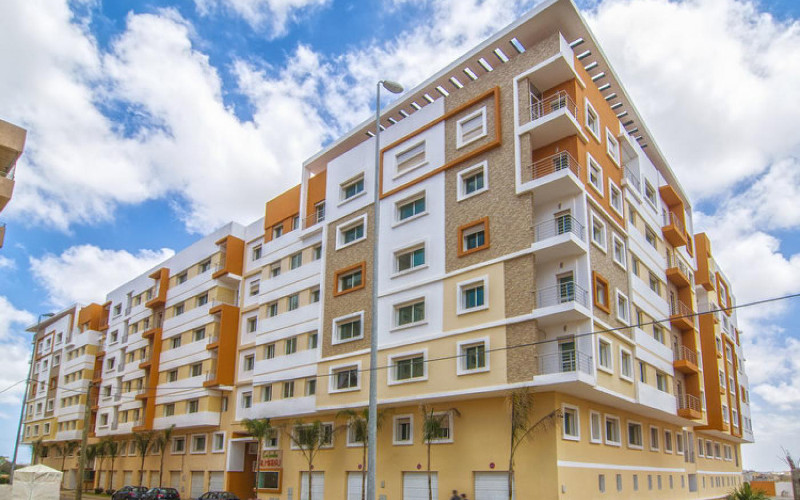Moroccan Household Debt Soars to 31% of GDP, Driven by Real Estate Loans

Moroccans’ debt continues to grow every year. Real estate is to blame.
Moroccans’ debt, driven by the expansion of credit, both for housing and consumption, has increased from nearly 101 billion dirhams in 2005 to over 342 billion dirhams at the end of 2018. It increased by 6.1% between 2017 and 2018.
The latest report from Bank Al Maghrib (BAM) on banking supervision indicates that the outstanding household debt represents 31% of GDP, or about a third of all financing granted to economic agents. The average level of household indebtedness has increased by 1,500 dirhams between 2017 and 2018, from 41,000 dirhams to 42,500 dirhams.
In an interview with MAP, the professor of economics and finance at the University of Mohammed V in Rabat, Hicham Sadok, states that the debt-to-GDP ratio has remained almost stable over the last 10 years. But "if we compare it to other emerging and developing countries, whose average is around 20% of GDP, we would conclude that the level of household indebtedness in Morocco remains very high," he estimates.
According to the academic, this high level of indebtedness is explained by the mismatch between the income scale and real estate prices in Morocco. He will specify that Moroccans’ bank debt is made up of two-thirds of housing loans, or about 219 billion dirhams, including 4.2 billion dirhams in the form of real estate murabaha financing, while consumer credit accounts for the other third, or about 123 billion dirhams.
Related Articles
-

Mediterranean Shipping War: French Lawmakers Blast Italian Giant’s ’Predatory Dumping’
2 September 2025
-

Solo Traveler’s Moroccan Dream: Tamraght’s Hidden Coastal Charm Captivates Digital Nomads
2 September 2025
-

Morocco’s Airport Duty-Free Zones Spark Outrage: Dirham Debit Cards Rejected, Consumers Demand Change
1 September 2025
-

Morocco Braces for Fuel Price Drop: Diesel Could Plunge 30 Cents, Bringing Relief to Drivers
1 September 2025
-

French Air Traffic Strike Threatens Chaos: Over 1 Million Travelers Face Flight Cancellations
1 September 2025